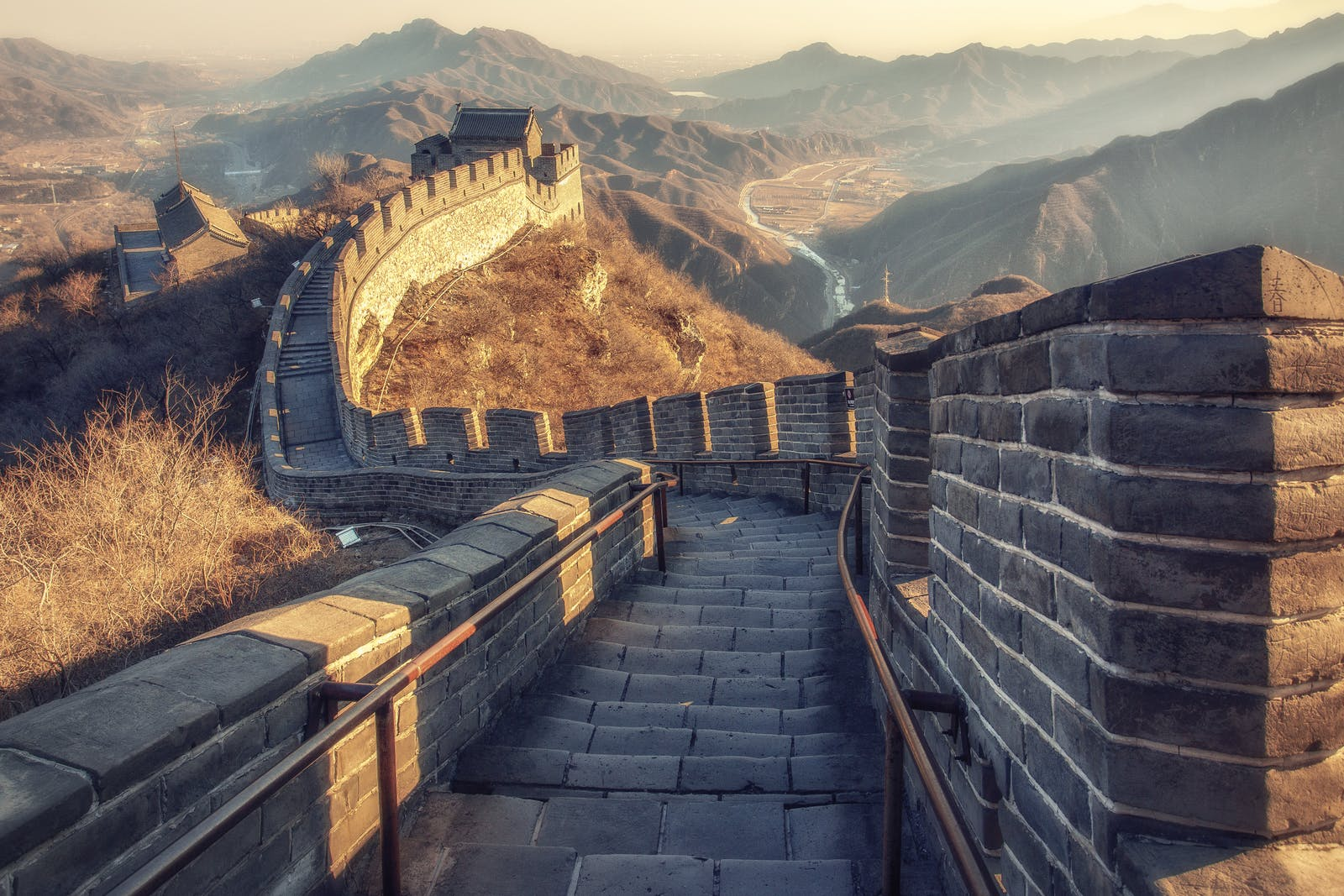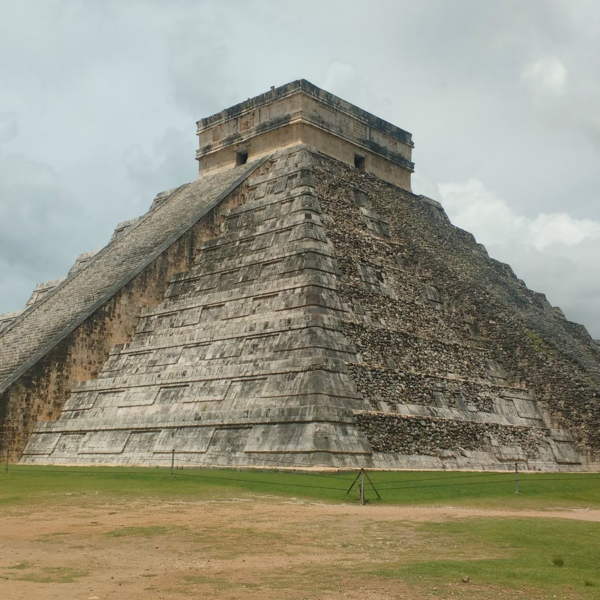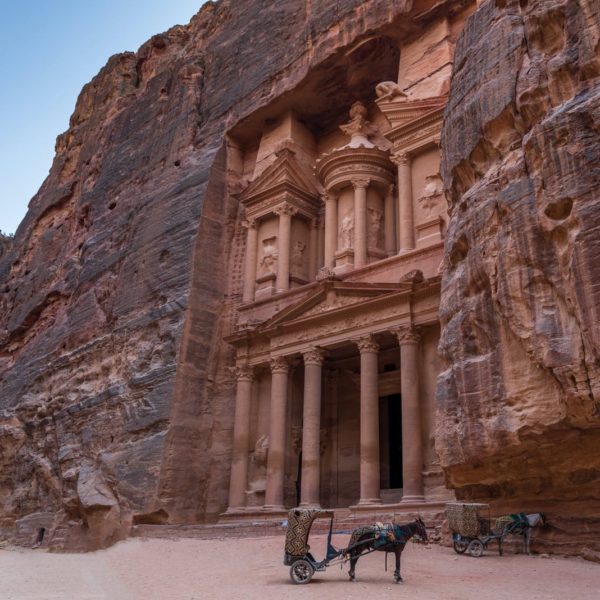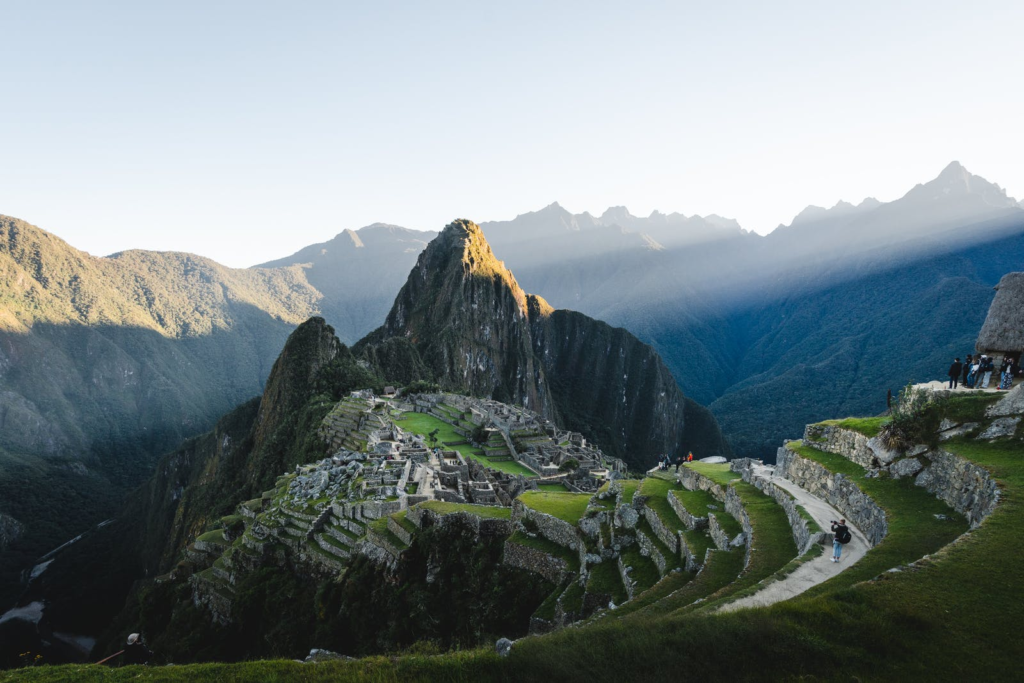
Seven Wonders All Around The World
The spectacular structures known as the “seven wonders of the world” are held in high respect. The seven wonders of the medieval era once impressed anyone who had the good fortune to witness them. There are some magnificent monuments in existence today that are equally as remarkable as those from antiquity.
The Great Wall Of China
Wonderful could be an underestimate. The Great Wall of China, one of the world’s greatest construction projects, is usually regarded to be roughly 5,500 miles (8,850 km) long; nevertheless, disputed Chinese research states the length is 13,170 miles (21,200 km). Work began in the seventh century BCE and lasted two millennia. Although referred to as a “wall,” the construction really consists of two parallel walls spanning long sections. Furthermore, watchtowers and barracks dot the barrier. The wall’s efficacy, on the other hand, was not that tremendous. Despite being erected to deter invasions and attacks, the wall failed to offer enough security. Scholars have highlighted that it was a “political propaganda” tool.
Before Natalia’s village had a clean water tap, she often didn’t have time for school. Now, she goes to school every day and she’s the President of her local Water Committee. And she’s just getting started.
said Polito

Chichén Itzá:- Chichén Itzá is a Mayan metropolis on Mexico’s Yucatán Peninsula that flourished in the ninth and tenth centuries CE. A variety of notable structures and temples were created by the Mayan tribe Itzá, who the Toltecs heavily inspired. The stepped pyramid El Castillo (“The Castle”), which rises 79 feet (24 meters) above the Main Plaza, is one of the most prominent. The building has 365 steps, representing the number of days in the solar year, and is a tribute to the Mayans’ astrological ability. The sunsets cast a shadow on the pyramid at the spring and fall equinoxes, giving the illusion of a serpent sliding down the north stairs; at the foot lies a stone snake head. It wasn’t all labor there.

Petra:- Petra, Jordan’s ancient city, is set in a lonely valley surrounded by sandstone rocks and cliffs. It was said to be one of the locations where Moses smote a rock and water poured forth. Later, the Nabataeans, an Arab tribe, declared it their capital, and it prospered during this period, becoming a key commerce hub, particularly for spices. The Nabataeans were skilled carvers who carved buildings, temples, and tombs into the sandstone, which turned green with the changing light. They also built a drainage system that enabled beautiful gardens and farms. Petra supposedly had a headcount of 30,000 at its peak. However, when trade routes changed, the city started to collapse. A massive earthquake in 363 CE exacerbated the situation, and following another tremor in 551, Petra was eventually abandoned. Despite being unearthed in 1912, it was mostly overlooked by archaeologists until the late twentieth century, and many doubts remain regarding the city.

Macchu Picchu
Hiram Bingham “found” his Incan site in Cuzco, Peru, in 1911, believing it was Vilcabamba, a hidden Incan bastion utilized during the 16th-century struggle against Spanish control. Although that allegation was ultimately debunked, the function of Machu Picchu has perplexed academics. Bingham thought it was the abode of the “Virgins of the Sun,” ladies who lived in convents under a chastity vow. Others say it was a pilgrimage destination, while others claim it was a royal retreat. (One thing it should not be is the location of a beer ad.) A crane employed for such an advertisement toppled and shattered a monument in 2000.) What is recognized is that Machu Picchu is one of the very few great pre-Columbian monuments that have been discovered almost completely intact. Despite its remoteness high in the Andes, it has agricultural terraces, plazas, residential areas, and temples.
